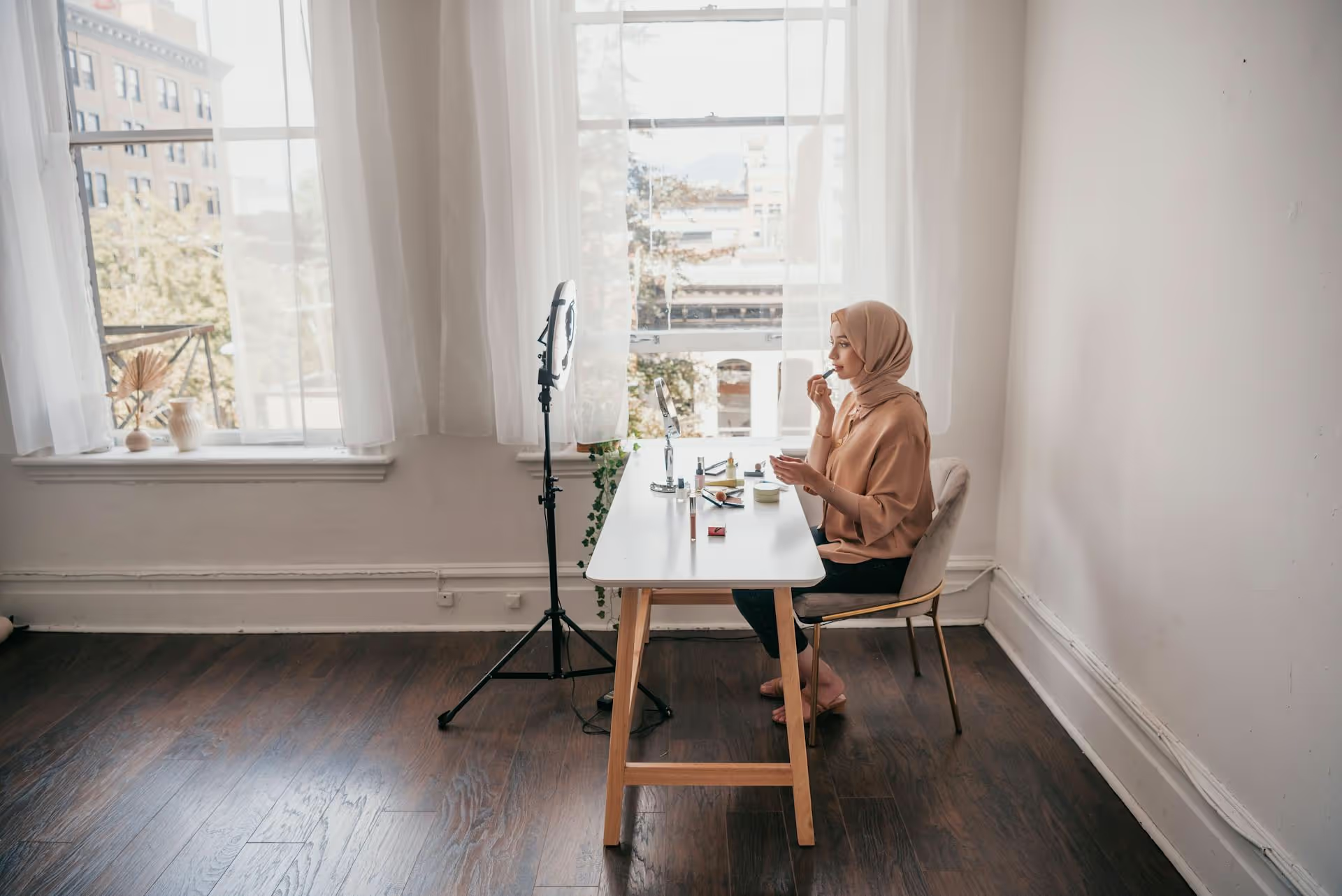How to Add Social Media Icons to an Email Signature
Enhance your email signature by adding social media icons. Discover step-by-step instructions to turn every email into a powerful marketing tool.

Repurposing your long-form YouTube videos for TikTok is one of the smartest ways to extend your content's reach and get more mileage out of your hard work. This guide will walk you through exactly how to do it effectively, covering everything from the legal basics to step-by-step editing strategies that make your content feel native to TikTok.
Before jumping into the "how," it's worth understanding the "why." Cross-posting content between platforms isn't just about saving time, it's a powerful growth strategy. Here’s what you gain:
This is the most important question, and the answer is nuanced. Taking a video you don't own from YouTube and re-uploading it to TikTok is a clear violation of copyright law and both platforms' Terms of Service. It can get your content taken down and your account penalized. Simple as that.
However, the conversation changes when you are the original creator.
If you created the YouTube video, you own the copyright. You have the right to edit, repackage, and distribute it on any other platform you choose. This is the ideal and safest scenario. This article will focus on repurposing your own YouTube content for TikTok.
Using clips from other creators' YouTube videos is much trickier. While some niches thrive on commentary or reaction-style videos, you're treading in the murky waters of "Fair Use." In the U.S., Fair Use allows for the limited use of copyrighted material without permission for purposes like criticism, commentary, news reporting, teaching, or research.
For a TikTok clip to potentially fall under Fair Use, it generally needs to be transformative. This means you must add something new, like significant commentary, critique, or parody. Just re-uploading someone else's funny moment isn't transformative. Because Fair Use is a legal defense and not a guaranteed right, it's often decided in court. The safest bet for most creators is to stick to using their own content or content they have explicit permission to use.
Disclaimer: This article provides general information and is not legal advice. Always consult with a legal professional for guidance on copyright and Fair Use matters.
Simply downloading a horizontal video and uploading it to TikTok with black bars on the top and bottom won't cut it. The goal is to make the content feel like it was made for TikTok. This requires a transformative editing process. Here’s a step-by-step guide.
Don't try to repurpose the whole video. Instead, watch your long-form content with a new lens, looking for micro-moments that can stand on their own. These could be:
Keep a running list of timestamps from your videos that have potential. This "clip library" will become your content goldmine.
For your own content, getting the source video is easy. Go to your YouTube Studio, find the video you want, click the three-dot menu, and select "Download." This will give you the high-quality MP4 file you originally uploaded, making it perfect for re-editing.
You can also use online YouTube downloader tools to grab the video file, but downloading directly from your Studio guarantees the best quality.
Now it's time to transform your horizontal (16:9) video into a vertical (9:16) masterpiece. You can use mobile editing apps like CapCut, InShot, or Splice, or desktop software like Adobe Premiere Pro or DaVinci Resolve.
No matter which method you choose, the key is to make an intentional choice. Avoid just uploading the horizontal video and letting the black bars fill the void.
Making your video feel at home on TikTok is about adopting its unique language. This means adding layers that increase engagement and clarity.
Throw your YouTube SEO habits out the window. TikTok captions aren't for keyword stuffing, they're for starting a conversation.
Imagine you have a 25-minute YouTube video titled "Ultimate Guide to Growing Tomatoes."
That process takes a tiny snippet of existing content and transforms it into a perfectly native, valuable TikTok video that can reach thousands of new people.
Repurposing your YouTube videos for TikTok is a strategic game-changer, breathing new life into your existing content and opening up new avenues for audience growth. By finding the best moments, reformatting for vertical video, and adding native elements, you can create a content ecosystem where each platform feeds the other.
As you get into the rhythm of creating these repurposed clips, you’ll find that managing your content calendar across platforms becomes the next challenge. We built Postbase specifically for this modern workflow. Once you've edited your TikToks and YouTube Shorts, our visual calendar makes it easy to schedule everything in one place, ensuring your content goes out consistently without you feeling overwhelmed.
Enhance your email signature by adding social media icons. Discover step-by-step instructions to turn every email into a powerful marketing tool.
Learn how to add your Etsy link to Pinterest and drive traffic to your shop. Discover strategies to create converting pins and turn browsers into customers.
Grant access to your Facebook Business Manager securely. Follow our step-by-step guide to add users and assign permissions without sharing your password.
Record clear audio for Instagram Reels with this guide. Learn actionable steps to create professional-sounding audio, using just your phone or upgraded gear.
Add translations to Instagram posts and connect globally. Learn manual techniques and discover Instagram's automatic translation features in this guide.
Optimize your Facebook Business Page for growth and sales with strategic tweaks. Learn to engage your community, create captivating content, and refine strategies.
Wrestling with social media? It doesn’t have to be this hard. Plan your content, schedule posts, respond to comments, and analyze performance — all in one simple, easy-to-use tool.